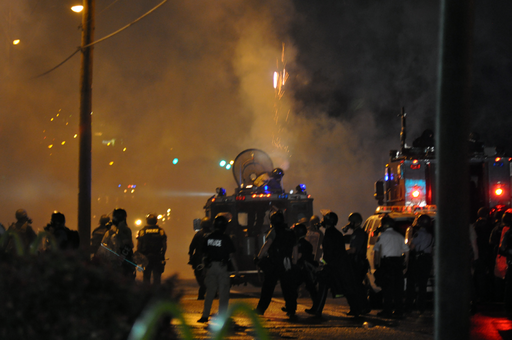
“Economic fallout worsened Thursday,” the Washington Post reports, “even as Texas Gov. Greg Abbott (R) moved incrementally to roll back new inspection rules for commercial trucks entering from Mexico, with some companies saying they aren’t able to fulfill orders because trucks are stuck in multi-mile backups at a number of entry points.”
For more than a year, Abbott’s been burnishing his reputation as America’s top immigration authoritarian. In March of 2021, he launched “Operation Lone Star,” mobilizing his state’s National Guard for various border-related theatrics, and hosting units from states whose Republican governors want their reputational tickets similarly punched (and are willing to treat taxpayer money and the troops’ time as campaign contributions for the purpose).
For nearly a year, Abbott’s petty stunts — such as abducting immigrants in Texas and busing them to Washington, DC (“thanks for the ride, Greg!”) — mostly inconvenienced undocumented immigrants, National Guard troops, and Texas taxpayers. The rest of us, not so much.
But in early April, he ordered Texas state troopers to “inspect” (read: delay) commercial vehicles entering the state from Mexico, after those vehicles had already undergone federal inspections.
Abbott’s escalation creates a whole new supply chain problem with one of America’s largest trading partners (Mexico runs neck and neck with Canada and China for the top spot). You may not be seeing his antics in your grocery bill or price paid for car parts yet, but if he keeps it up you will soon.
That’s OK, though, he says: He’s “negotiating agreements” with the governors of Mexican states, pushing them to do more of the immigrant hassling in return for him easing off on the “inspections.”
The US Constitution (Article I, Section 10) says that “No State shall, without the Consent of Congress … enter into any Agreement or Compact with another State, or with a foreign Power.”
The clause isn’t invoked very often. Governors frequently visit foreign countries to drum up preferential trade deals. But Abbott’s clearly operating beyond his authority as governor of Texas here.
Another clause, in Article I, Section 8, gets trotted out every other day when the federal government wants to intervene in even the most minor state or local matter:
“Congress shall have Power … To regulate Commerce with foreign Nations, and among the several States, and with the Indian Tribes.”
In 2005, the US Supreme Court ruled (in Gonzales v. Raich) that this clause even justified US government interference with medical marijuana grown in, sold in, and used in a single state without ever crossing a border.
The clause certainly applies to goods crossing into Texas on their way from Mexico to markets in Texas or elsewhere.
Texans like to style themselves as exceedingly independent, and sometimes there’s even talk of actual secession. Abbott’s playing to that tendency. But he’s pretending to powers he doesn’t possess — yet, anyway — and he’s doing so at your expense.
Time for the feds to hold Greg Abbott after class and make him write “I will not restrain international trade” on the blackboard a few hundred times.
Thomas L. Knapp (Twitter: @thomaslknapp) is director and senior news analyst at the William Lloyd Garrison Center for Libertarian Advocacy Journalism (thegarrisoncenter.org). He lives and works in north central Florida.
PUBLICATION HISTORY


